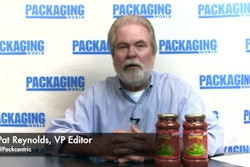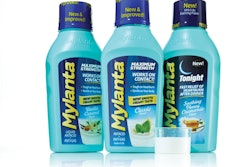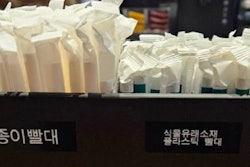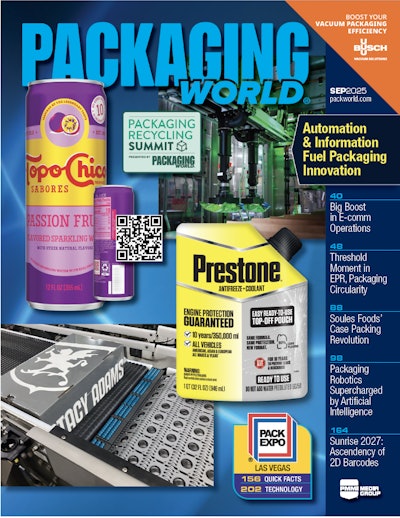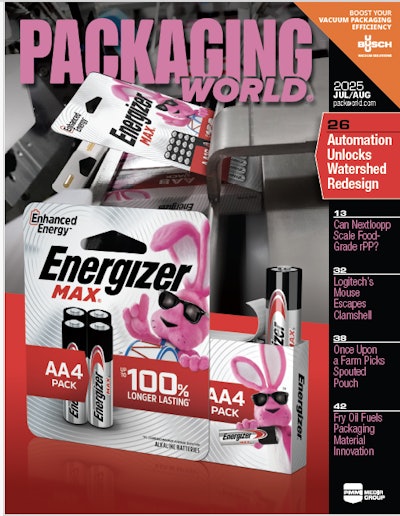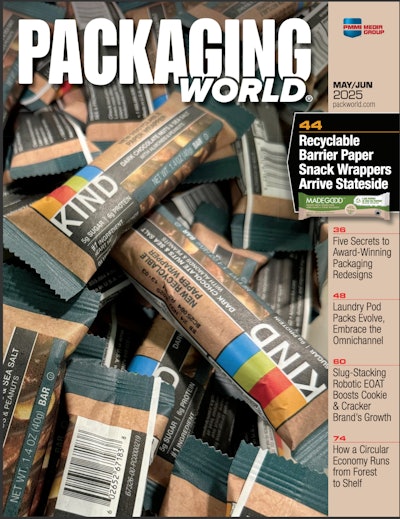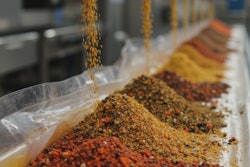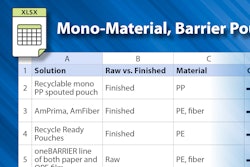
Packaging’s future is written on the plant wall
U.S. demand for natural polymers is forecasted to reach $5.1 billion in 2020, according to The Freedonia Group. Much of this growth will be driven by demand for natural ingredients in the food and beverage industry, bolstering the use of materials like cellulose, the main component of plant cell walls.
Cellulose is a natural, abundant, renewable and inexpensive. In addition, cellulose has a low density and displays a strong and stiff structure, making it ideal for packaging. “Cellulose is a viable substitute for the petroleum-based materials,” says Srinivas Janaswamy, research assistant professor of food science at Purdue University. He is part of a research team that has developed tough, flexible, biodegradable films from cellulose.
Janaswamy and Qin Xu engineered the cellophane-like material by solubilizing cellulose using zinc chloride, a common inorganic salt, and adding calcium ions to cause the cellulose chains to become tiny fibers, known as nanofibrils, greatly increasing the material’s tensile strength. The zinc chloride and calcium ions form a gel network, allowing the researchers to cast the material into a transparent, food-grade film.



